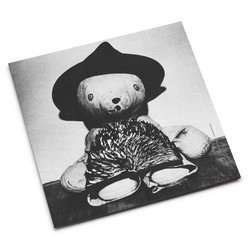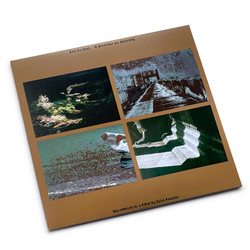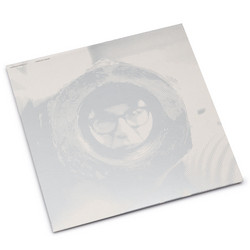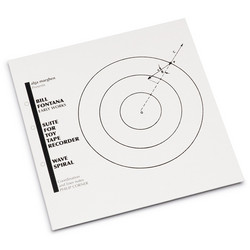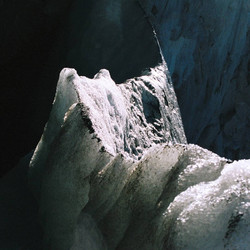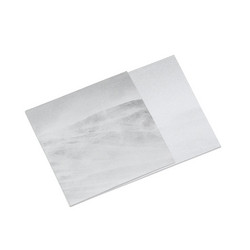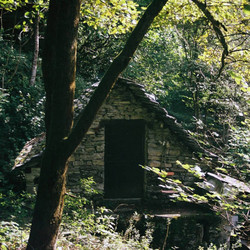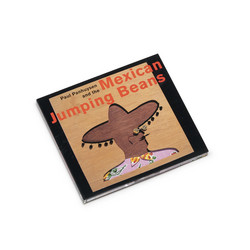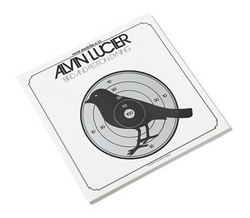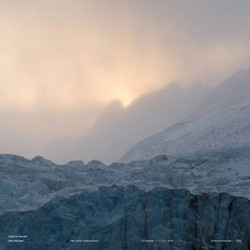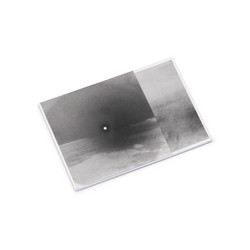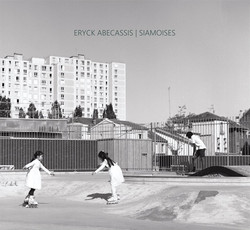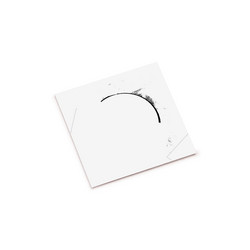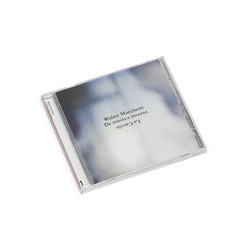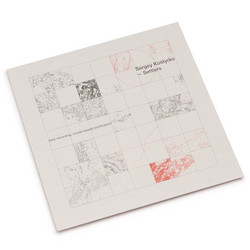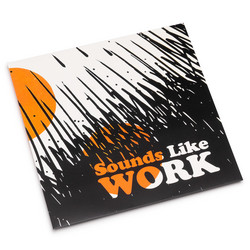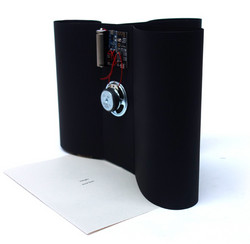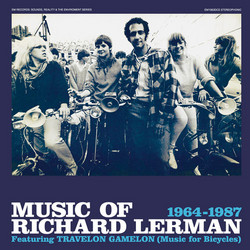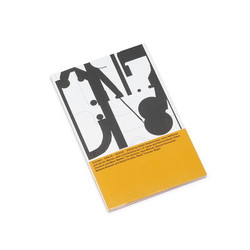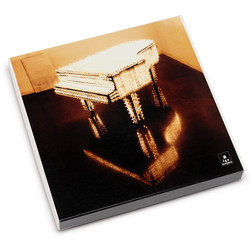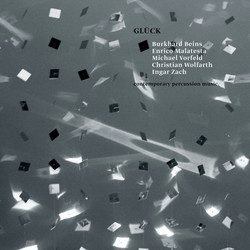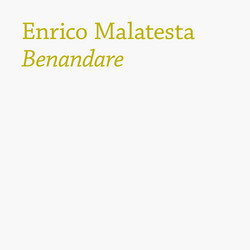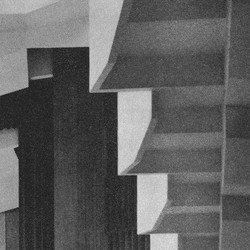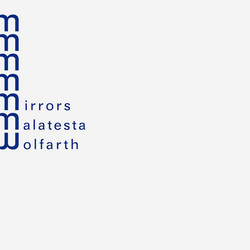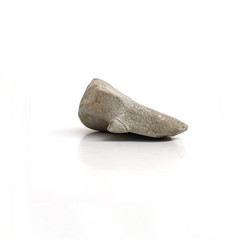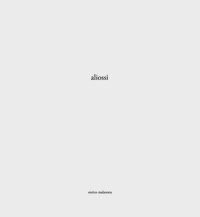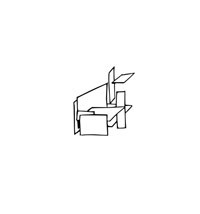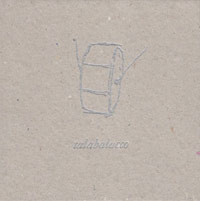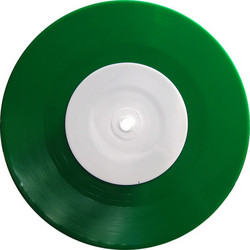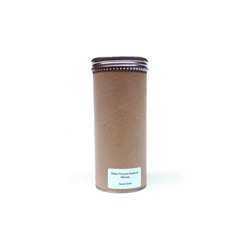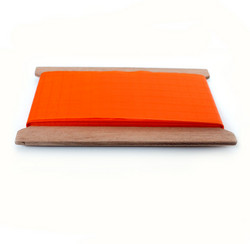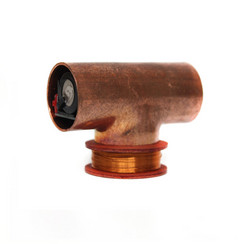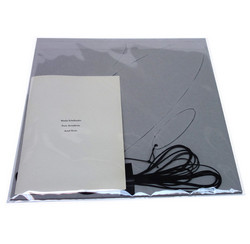Bilia derives from the work of percussionist Enrico Malatesta. The release consists of five wooden balls (3,5 cm Ø) carved from different woods. Enrico’s very own sound comes from a horizontal approach to the percussion instruments that are, in his practice, a space for movement, where every action is also a form of exploration and listening as well as an exercise in imagination.
«Percussion instruments are round-shaped, and I utilize this simple notion as a starting point. I often apply friction in a circular and continuous way. I follow the frame with my hands while increasing and decreasing the diameter of the trajectory of my movement. This helps me build a rhythmical macro-structure where accents are freely distributed. Accents are always integrated within a unified gestural design. The movement’s circularity allows me to avoid corners and spikes. I like to generate sounds while giving the impression of something jumping and sizzling over a surface.
I am interested in using the accidental properties of an instrument and its material imperfections. My gestural circularity allows me to learn – in real time – which irregularities a surface has and how to use them in my music. I hardly ever strike an instrument only here or there. I prefer to work on its surface as a whole: this allows me to produce sound events that are constantly shifting toward and away from me and from an ideal centre.
By not hitting the instrument in specific and limited spots, but instead utilizing all of its surfaces, I am able to give life to a series of events moving both far from and close to me, as well as to a centre – mirroring the rolling sphere that creates a form of spatialization just by rolling on the floor.
As a percussionist, I used to think about the object/instrument in a completely different way. Many of the instrument’s physical possibilities are often neglected. At school I was taught the assumed truism that percussion instruments have to be hit, meaning that the sound-producing surface should be hit in an up/down vertical-like movement. At some point though, I felt that striking an instrument in such a fashion constrains the sound; it constrains it so much, in fact, that many tend to identify the sound with the strike itself, limiting thus the sound’s potential range.
I happened to realize this for the first time a few years ago, while playing in some electro-acoustic projects where I was the only musician playing an acoustic instrument. I felt limited in my role as an instrumentalist placing my sounds among many other textural sound sources whose origin was hard to identify.
I felt that my ability to extract sounds from physical objects was limited by my ‘drummer’ approach, and I wanted to overcome this constraint. So I did go on hitting the instrument, but only to then let the stick slide on the drum skins or the plate, as if to extend the duration of my strike. Later on I proceeded to eliminate the hitting movement itself, and I started to stroke and friction the instrument in more continuous ways instead.
When you strike an instrument on a specific spot, the sound propagates throughout the whole surface of the instrument, just as when a stone is thrown into a pond and concentric waves are generated starting from the point where the stone fell.
The sound does not come from the point where the instrument is struck. It is actually necessary for the whole object to vibrate – as a consequence of the strike – before any full sound can be heard. This means that the sound does not exhaust itself in the strike, but rather that the strike opens a window of creative opportunities.
Following this lead, I then tried to eliminate the strike conceived as a vertical fall from up to down. And I began to work directly on the whole horizontal surface of the instrument/object. I autonomously reversed the percussive gesture but I soon discovered that other percussionists too were experimenting along the same lines, exploring the space generated by percussion and perceived at once as an object and as an instrument: Seijiro Murajama, Burkhard Beins and Christian Wolfarth, to name only a few with whom I had the chance to collaborate with.
It is possible to learn from a surface if we see it as a source of possibilities. In my eyes the surface on which the sphere rolls is like the skin of a drum or like a plate. I imagine that each drum membrane is coated by some kind of dust, a rhythmic dust, which is always there although its distribution and thickness may change with time and according to weather conditions and use. Likewise, each physical space has a very clear rhythmical matrix of its own. I think it’s important to understand that, in order to put it to a creative use.
It is possible to learn from a physical space and it is possible to consider a musical instrument as a space instead of a tool to produce sounds that have to refer to a specific musical context and tradition.
By stroking rather then hitting a surface, one will soon realize that the sound ceases to propagate the very moment the stroking movement stops. That is to say that if the gesture causing the sound ceases to exist, the sound ends too.
I am interested in creating a very thick rhythmical texture, woven with multiple rhythmical informations. While looking at the object/instrument as a space, one is compelled to try exploiting everything that may come out of that space, infusing the playing practice of many unthought of possibilities.
Working on percussions with an horizontal approach does not mean to remove the attack altogether. I indeed like the idea of generating an amount of continuous attacks. Thinking about Bilia, the spheres also, while rolling, produce a series of continuous attacks in a sequence.
I like the idea that an instrument is not just a sound producing tool but also a listening tool. In this sense, the sphere is a tool which allows us to listen to a space. It is an object which allows to create the right conditions for listening. I think its function is primarily that of producing a listening experience rather then that of being used in order to produce specific and intentional sounds. The sphere allows us to enter in a relationship with what exists within a space. I think here lies the deepest link with my concept of instrumental practice.
Actually, when playing I’m trying to use my imagination, with the aim to generate a sound that may come off as interesting from a local and subjective perspective (the one defined by the physical spot where I am while I generate that sound), but structured in such a way that I can also escape it. I can thus acoustically illuminate areas of that space in ways which can only be explored with imagination. Those spheres acts in a similar fashion. I find it an effective way to expand the listening experience.» - Enrico Malatesta
A special thanks goes to the wood expert Luciano Molinari for his advice on this project.
A re-run of Bilia was realized within the Pianpicollo Research Residency, with support from Fondazione Cassa di Risparmio di Cuneo and Regione Piemonte.
